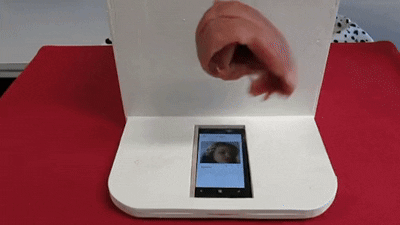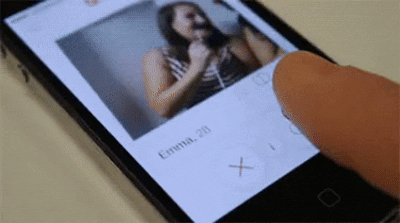Evolution of Online Connections
The behavior of seeking romantic connection has shifted with the rise of the internet and technology. Before the digital era, matchmaking relied on in-person social networks—friends, family, workplaces, and community institutions. However, as online communication became more prevalent, the process of finding a partner shifted from organic, real-world interactions to algorithm-driven digital experiences.
The first wave of online dating in the 1990s introduced platforms like Match.com, which sought to replicate personal matchmaking through structured questionnaires. In the early 2000s, dating sites like eHarmony and OkCupid refined these methods, using personality assessments and compatibility scores to facilitate connections. However, it wasn’t until the rise of social media and mobile technology that online dating became fully integrated into daily life. With the launch of Tinder in 2012, swiping-based matchmaking introduced a new paradigm—one where immediacy, aesthetics, and volume took precedence over long-form compatibility assessments.
While these platforms claim to expand romantic possibilities, they operate on an invisible architecture designed to maximize engagement rather than genuine connection. Algorithms do not introduce users to potential partners with emotional depth in mind; instead, they optimize for addiction, endless swiping, and micro validation through likes and matches. The gamification of attraction exploits the brain’s dopamine-driven reward system, keeping users trapped in cycles of swiping.
These dating app algorithms reinforce social biases under the guise of "preference." These systems learn from user behavior, meaning that swiping patterns and engagement history create self-reinforcing feedback loops. Over time, users are shown the same types of people, leading to digital echo chambers of desirability based on racial, socioeconomic, and aesthetic biases. What appears to be personal choice is often an illusion, pre-determined by invisible metrics designed to increase app retention rather than genuine compatibility.
And then there’s the business model—dating apps are not designed to help you find love; they are designed to keep you looking for it. Even with Hinge’s “The dating app designed to be deleted,” the amount of times i’ve heard “I redownloaded hinge. Things are bad,” is constant. The success of these platforms depends not on users finding fulfilling relationships but on them staying in a perpetual state of dissatisfaction. Premium subscriptions like Tinder Gold, Hinge +, and Bumble Boost promise increased visibility, unlimited likes, and priority placement, turning desirability into something you can pay for. If an algorithm can decide whether you’re “high value” enough to be seen, then attraction is no longer organic—it’s transactional. These apps create artificial scarcity.
As online dating platforms evolved, they began to reflect broader cultural trends. The rise of meme culture, TikTok discourse, and “chronically online” behavior has further shaped how people interact in digital spaces. Dating apps are no longer just about meeting partners but also about self branding, social capital, and aesthetic alignment. The algorithmic curation of desirability has turned dating into a form of self marketing, where users craft hyper-stylized versions of themselves, knowing that success is not just about compatibility but about playing into trends of attraction dictated by digital culture.
Today, online dating is as much about performing identity as it is about seeking connection. In an era where attraction is shaped by data and desirability is dictated by engagement metrics, the pursuit of love has been fundamentally reshaped—not by human connection, but by the impersonal logic of the algorithm. And as long as the apps profit from loneliness, they will never be incentivized to help you leave.




